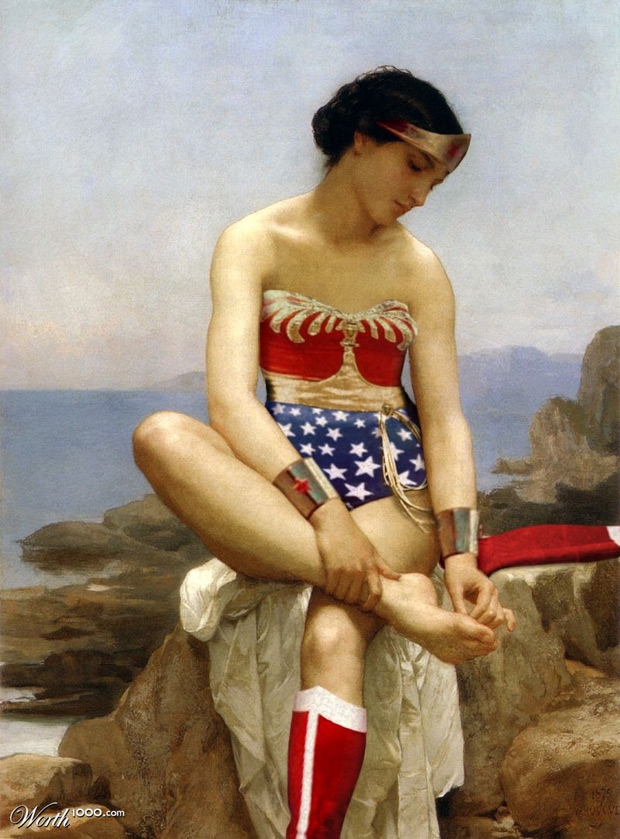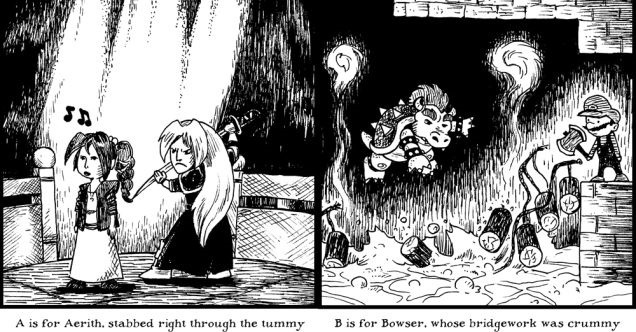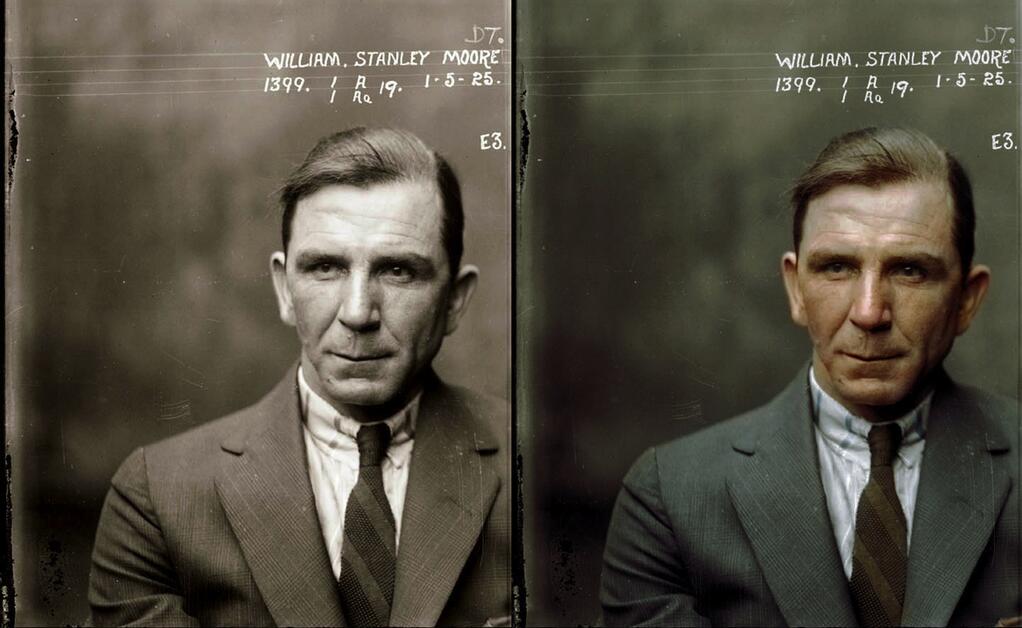
Examining the various reasons for Eric Cantor’s unexpected fall last Tuesday — like many, I spent the evening mainlining the sweet, sweet schadenfreude via Twitter — DKos’s David Jarman argues it all comes down to hubris. “The climb through the ranks through treachery and intimidation, and then the sudden realization when you’re at the top that you’ve burned through all your allies, is almost allegorical.”
For my part, I’d argue the primary reason for Cantor’s petard-hoisting was best explained back in 2007 by August J. Pollak (which I also posted in 2010.) Play with matches, eventually you’ll get burned.










